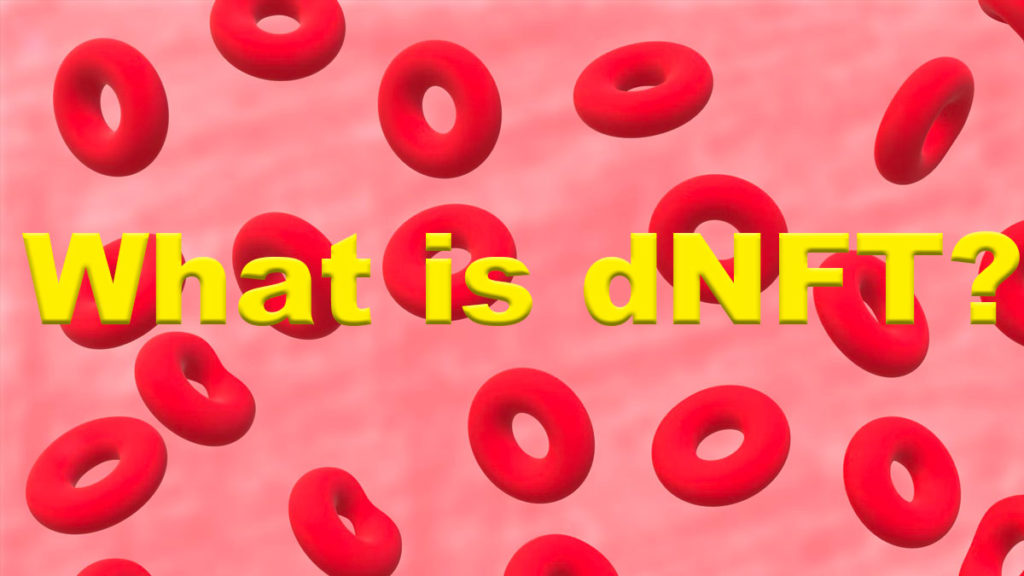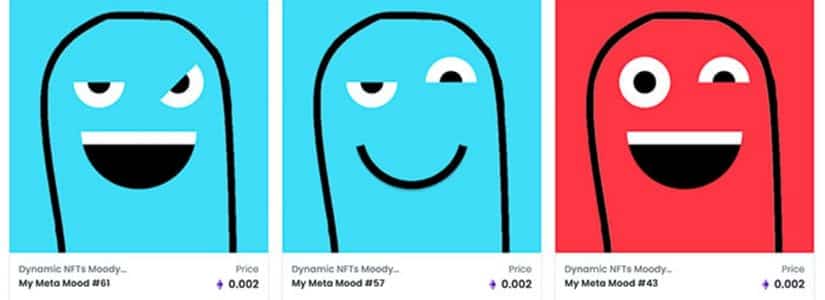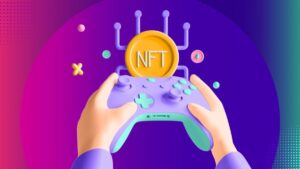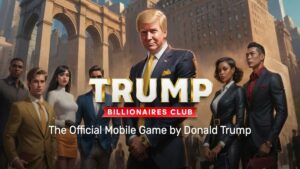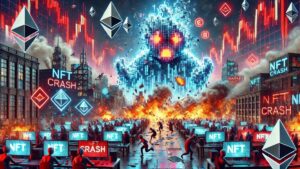Dynamic NFT or dNFT is the next generation of NFTs, adding some fascinating features like updating the metadata to non-fungible tokens. With NFTs conquering the world, offering numerous opportunities for minting artworks, and keeping their value in a trusted, smart contract, the dynamic era is about the begin. These new types of NFTs can offer the best of both worlds, keeping a non-fungible token unique while offering features like updating the metadata.
The NFT industry has shown its numerous capabilities in the past years. With lots of digital artists acknowledging the power and offering their artworks in the NFT format, the world is seeing the various benefits. Metaverse is the next place we see NFTs playing a big role and offering a connected world. Besides, many other industries like real estate have seen and used the proposed value of NFTs. But something is lacking in the first generation of these non-fungible tokens. Their metadata can’t be updated.
Metadata in an NFT is where the related data is stored. This data can be the name of the NFT, its traits, and the address of images, videos, or other digital items linked to it.
What is a Dynamic NFT?
As the name implies, dNFT is a form of NFT that offers dynamic features. NFTs were born to store a static form of digital creation (or digital form of a physical thing) in a smart contract. In a nutshell, NFT represents a digital item on a blockchain. As a result, each NFT has an unchangeable token ID. And the metadata on that ID can’t be changed.
But dynamic NFTs are here to change the concept. In simple words, a dynamic NFT is an NFT that can change. The change can happen because of many things – especially external conditions. The change happens in the metadata. Developers build a dNFT and encode automatic changes in its smart contract. As a result, changes in a dNFT smart contract are based on conditions.
In the dynamic NFT era, NFTs not only can change based on conditions but also can be minted based on them. When the dynamic concept comes in, the possibilities will have no limits. Consider metaverse games in which NFT characters and creations can change based on interactions and even changes in the world. They will still be unique and stored in a smart contract, but their characteristics and metadata can change dynamically.
Differences between NFT and Dynamic NFT (dNFT)
A non-fungible token or NFT is a form of storing digital objects on blockchains. As the name shows, NFT is not an interchangeable token with another. Like identical physical things that even can be like each other but can’t be interchanged with each other.
Each NFT is connected to a smart contract that makes it unique. A set of codes are used to create an NFT and connect it to a unique ID that differentiates it from others.
Most people know NFTs through images and artworks. The real NFT is the code and the ID of the token, and the image is just attached to that code. It creates the feature of having a token representing a digital object.
The ID of the NFTs can’t be changed. Consider digital artworks that are sold in the form of NFTs. in fact, the ownership of an artwork is sold and the image attached to it in the description. The real difference between NFT and dNFT is here. The metadata on an NFT can’t be changed. Metadata is the image, digital art, 3D design, video, music, or any other digital item that is attached to an NFT. But dNFTs, the metadata can change.
Using the NFT concept for tokenizing real-world progressing items is somehow impossible. For example, a static form of NFT can’t represent an aging item because the metadata is continuously changing. But a dynamic NFT consists of metadata that can change based on conditions. as mentioned above, automatic changes can be encoded in an NFT smart contract that dictates when and how the metadata changes.
Developers and designers who mint dNFT try their best to offer a token that shows the changes. In simple terms, the dynamic NFT is programmed somehow so that end-users and owners can easily see the changes that happen based on various conditions.
Use cases for Dynamic NFTs
As mentioned above, dNFT is very useful for creating NFTs that experience progress, aging, changes based on weather conditions, etc., considering metaverse games and worlds. In these games, we often see static characters that don’t progress significantly. But in many traditional video games, there are characters that improve, age, and change as the player continues playing. This progression is somehow rewarding for the player, too. Using dynamic NFTs in games, we can see characters that evolve and grow as the game continues or the player achieves something.
Another use case for dNFT is in real-world assets that change in time and need a place to store the changes. Consider a real estate that is saved as an NFT. The metadata on this NFT has much information like address, area, and more. But a dNFT can store the maintenance and improvement history as well. Besides, the past prices can be saved into dNFT, too.
Another great example is digital identity. Consider your passport to become an NFT. You can travel without the need to keep a paper in your pocket. If this NFT becomes dynamic, you can store travel history and payments in your NFT passport. It automatically updates each time you travel.
How to create a Dynamic NFT?
We said above that the automatic changes on a dynamic NFT are programmed in its smart contract. In other words, the developer or minter should encode the changes. As many dynamic NFTs rely on real-world changes for updating the metadata, an oracle solution will be great for creating these dNFTs. Chainlink is among the pioneers in providing the needed tools for creating a dNFT.
According to Chainlink’s official blog, creating a dynamic NFT needs some sort of technical knowledge. You should have Rinkbey Testnet ETH and Rinkbey Testnet LINK to follow the instructions. In short words, you create an NFT and code the changes based on environment changes on it. There is a detailed walkthrough in the Chainlink blog (above link). You can publish the created dNFT in marketplaces like OpenSea.
Conclusion
The NFT industry has shown many capabilities for tokenizing many items. It has shown the digital artists the opportunity to keep the ownership of their creations on a safe network. Besides, it helped the play-to-earn game industry foster and offered new benefits. All of these benefits lack something which is updateable metadata. The traditional NFTs store static data and can’t be updated. As a result, the dynamic NFT movement is here to solve the challenge.
A dNFT is an NFT that updates its metadata based on various changes. It can change because of real-world conditions or even be minted based on them. We can expect dNFTs to start a new era, especially in the metaverse sector, P2E games, and tokenizing real-world assets.


